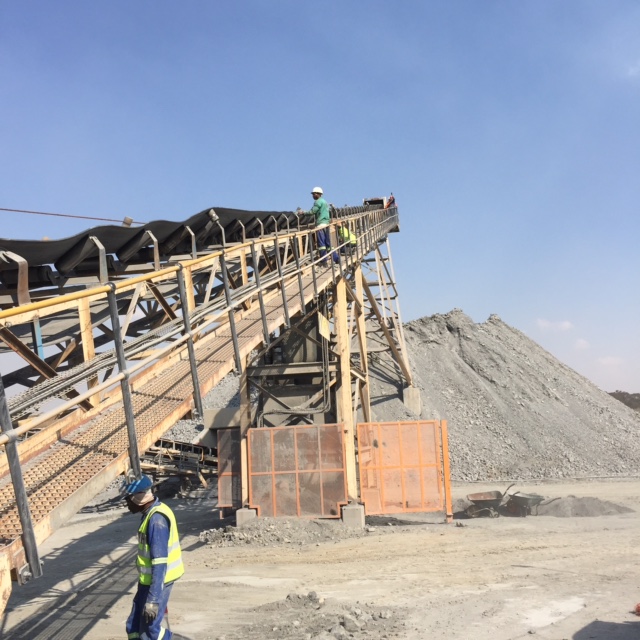If your conveyor belt isn’t working properly, it will have untold consequences throughout your entire system. The entire operations can be thrown off schedule, culminating in loss of both money and productivity. To prevent this from happening, you need to keep a close eye on the precise functioning of your conveyor belts. By consistently inspecting your conveyor belts, you can identify problems before they develop into larger issues that take time and money to fix.
The biggest maintenance risk of conveyor belts is the wear and tear of components. Various parts can wear out due to poor maintenance, necessitating the replacement of parts. This results in unnecessary, extra maintenance costs, which is unhealthy for any business.
Wear and tear are caused when different parts no longer have the freedom of movement they need to properly function. This is commonly known as ‘mistracked conveyor belt’. when the conveyor belt mis tracked, the belt rubs along other components of the system, causing the belt to gradually wear out and tear.
Ways to prevent wear and tear of a conveyor belt:
Visual Control
Visual inspection is a simple but paramount way of preventing wear and tear. If, while you are working, you notice that certain parts can no longer move completely freely, you can resolve this and so prevent wear and tear of the conveyor belt. Also, stay alert to strange sounds in the system. If the conveyor belt is getting stuck somewhere in the system, this can certainly be heard through strange sounds.
Removing dirt
When dirt, potting soil or other material gets between the conveyor belt and the other parts, the belt will start to rub against this dirt. This will result in wear and tear, which can easily be prevented by minimizing the amount of dirt that ends up between the conveyor belt and other parts.
Dry transport
Depending on the plant variety, the plants transported on the belts need water. This need for water determines how the dry plants can be transported over the conveyor belts. One thing is certain, a completely dry conveyor belt lasts longer than a conveyor belt that regularly comes into contact with water. Therefore, to prevent wear and tear, it is crucial to transport the plants as dry as possible.
Regular quality inspection on a system with conveyor belts eliminates the greatest risks of wear and tear. In addition to the daily ‘unconscious’ monitoring of the system during work, it is advisable to check the conveyor belts at least once a month and to adjust where necessary to prevent wear and tear of the belts.
